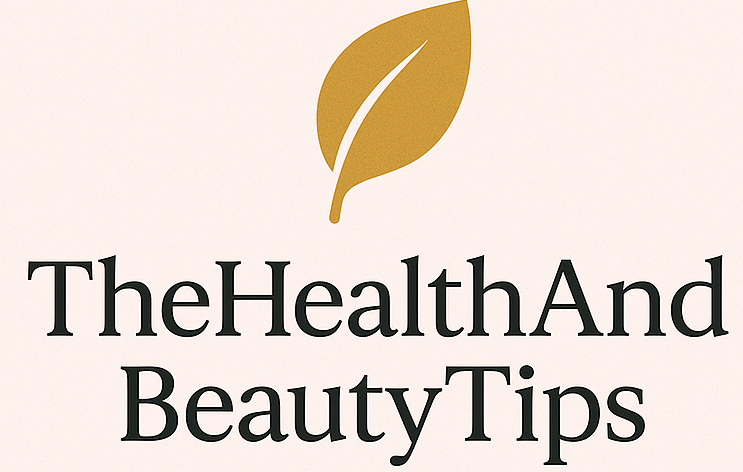Looking for cheap health insurance? You’re not alone. In today’s world, health care can cost an arm and a leg—and that’s before you even see a doctor! Whether you’re unemployed, self-employed, or just on a tight budget, getting affordable health coverage is critical.
MY BLOG: { CHEAP HEALTH INDURANCE}
Understanding Cheap vs. Comprehensive Insurance
What Does “Cheap” Really Mean?
“Cheap” usually refers to lower monthly premiums, but be careful: it could mean less coverage, too. It’s important to weigh the trade-off between saving money upfront and paying more later out-of-pocket.
Pros and Cons of Budget Health Plans
Pros:
Lower monthly premiums
Basic coverage
Peace of mind in emergencies
Cons:
High deductibles
Fewer benefits
Limited provider networks
Government-Sponsored Health Insurance Options
Medicaid
Medicaid is free or very low-cost and designed for people with low income or disabilities. It varies by state, but typically covers:
Doctor visits
Hospital care
Prescription drugs
Maternity care
You can apply for Medicaid year-round via your state’s Medicaid website or HealthCare.gov.
Medicare
If you’re 65+ or have certain disabilities, Medicare might be your best option. It includes:
Part A (hospital)
Part B (medical visits)
D (prescriptions)
Low-income seniors may also qualify for Medicare Savings Programs to reduce costs further.
Affordable Care Act (ACA) Marketplaces
Thanks to the ACA, you can shop for health insurance through federal or state marketplaces. You might qualify for:
Premium subsidies
Cost-sharing reductions
Even if you make more than minimum wage, you might still get help based on household size and location.
State Health Insurance Marketplaces
Many states have their marketplaces:
Covered California
New York State of Health
Massachusetts Health Connector
Visit your state’s health website to check local options. These often include regional plans not available on the federal marketplace.

Local and Regional Health Insurance Programs
Some cities or counties have local low-income health plans:
Cook County’s CountyCare (Chicago)
Healthy San Francisco
L.A. Care (Los Angeles)
Check your local health department for more information.
Students should look into university-sponsored health insurance, which is often affordable and comprehensive.
Online Marketplaces and Comparison Sites
Use these tools to compare cheap health plans fast:
You can filter by price, coverage level, and doctor networks.
Short-Term Health Insurance Plans
These plans are temporary, cheap options—perfect for people between jobs or waiting for open enrollment.
Pros:
Super low monthly premiums
Fast approval
Flexible term length (1–12 months)
Cons:
Not ACA-compliant
Doesn’t cover pre-existing conditions
Limited benefits
Catastrophic Health Insurance Plans
Available for people under 30 or with hardship exemptions, these plans offer emergency-only coverage with very low premiums.
You’ll pay most out-of-pocket costs until you hit a high deductible, but you’re protected from worst-case scenarios.
High-Deductible Health Plans (HDHPs)
HDHPs cost less each month but more when you need care. These pair well with a Health Savings Account (HSA) to save tax-free for medical expenses.
Perfect for:
Healthy individuals
People who don’t see the doctor often
Health Sharing Ministries
These are faith-based alternatives to insurance, where members share each other’s medical bills.
Popular Options:
Medi-Share
Liberty HealthShare
Christian Healthcare Ministries
They are not insurance, but can work well for people with similar beliefs and no major pre-existing conditions.
Employer-Sponsored Health Insurance
Even if you’re part-time, your employer might offer group health insurance, often at a discount.
If you recently lost your job, consider COBRA for continued coverage, although it’s usually more expensive than ACA plans.

Health Insurance for Freelancers and Gig Workers
Freelancers have to fend for themselves. Look into:
Freelancers Union
Gig worker plans via apps like Uber or DoorDash
ACA marketplaces for income-based subsidies
Tips to Get the Best Price
Compare at least 3 different plans
Focus on your specific needs: do you need prescriptions? Mental health care?
Always check if your doctor is in-network
Use subsidy calculators to estimate costs
Apply during open enrollment to avoid delays
Red Flags to Avoid
If it sounds too good to be true, it probably is. Avoid:
Plans with extremely low premiums and no real coverage
Policies that don’t cover pre-existing conditions
Unlicensed agents or spammy phone calls
Always verify a provider through your state insurance commissioner’s website.
When to Buy and How to Save
Open Enrollment
Runs November 1 – January 15 in most states
Special Enrollment
For major life changes (job loss, moving, marriage, etc.)
Savings Tips
Claim every subsidy you qualify for
Choose bronze or silver tiers for a lower cost
Bundle vision/dental to save
Conclusion
Finding cheap health insurance isn’t impossible—you just need to know where to look. From government options like Medicaid and ACA to smart alternatives like short-term plans or health sharing ministries, there’s something out there for everyone.
Start by comparing plans online, checking your eligibility for subsidies, and thinking about what coverage you really need. A little research today could save you thousands tomorrow.
FAQs
What’s the cheapest health insurance available in the U.S.?
Medicaid is the most affordable for those who qualify. For others, ACA marketplace plans with subsidies are the next best.
Is marketplace insurance based on income?
Yes. The ACA provides premium tax credits and cost-sharing reductions based on your income and family size.
Are short-term health plans worth it?
They’re good for emergencies or temporary gaps, but not a long-term solution. Be aware of limited benefits.
Can students get cheap health insurance?
Absolutely. Many universities offer affordable plans, and some students may qualify for Medicaid or stay on a parent’s plan until age 26.
What if I can’t afford any health insurance?
Check for Medicaid, local health clinics, or nonprofit programs. Also, apply for hardship exemptions to qualify for lower-cost catastrophic plans.

